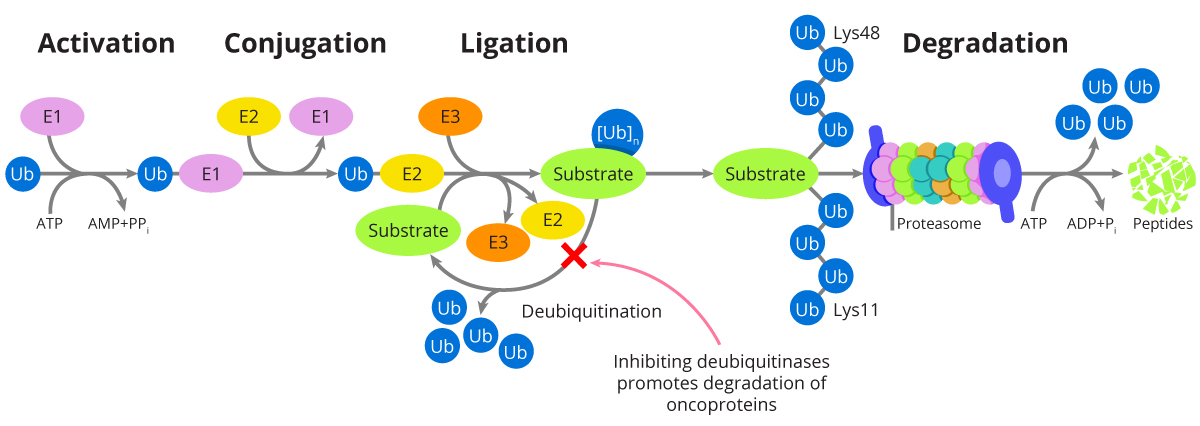Sandbox Reserved 1226
From Proteopedia
| This Sandbox is Reserved from Jan 17 through June 31, 2017 for use in the course Biochemistry II taught by Jason Telford at the Maryville University, St. Louis, USA. This reservation includes Sandbox Reserved 1225 through Sandbox Reserved 1244. |
To get started:
More help: Help:Editing |
|
This is a default text for your page '. Click above on edit this page' to modify. Be careful with the < and > signs. You may include any references to papers as in: the use of JSmol in Proteopedia [1] or to the article describing Jmol [2] to the rescue.
Contents |
Ubiquitin
Description
Ubiquitin is a very small, very studied protein that is found in almost all cellular tissues in humans and other eukaryotic organisms. Ubiquitin consist of 76 amino acids.
Function
Ubiquitin It helps regulate the processes of other proteins in the body. When ubiquitin is added to a substrate protein, the process of this occurring is known as ubiquitination. This process can lead to many different outcomes. Ubiquitination has three main steps: activation, conjugation and ligation which are performed by ubiquitin-activating enzymes, ubiquitin conjugating enzymes and ubiquitin ligase respectively. The main function of ubiquitin is degradation of the protein via the proteasome.
Diseases
Some isoforms of Ubiquitin have been found in diseases such as Alzheimer's, Parkinson's, and Huntington's disease which are all neurodegenerative disorders. It has also been found in cystic fibrosis, Angelman's syndrome, and Liddle syndrome which are all genetic disorders. Aside from these, it has also been found in prion-like disorders and in many cancers. ==
Processes Ubiquitin Affects
Ubiquitin can affect many different processes including apoptosis, DNA transcription and repair, processing of antigens, viral infections, stress response pathway, immune and inflammatory responses, and degeneration of neurons and muscular cells
References
- ↑ Hanson, R. M., Prilusky, J., Renjian, Z., Nakane, T. and Sussman, J. L. (2013), JSmol and the Next-Generation Web-Based Representation of 3D Molecular Structure as Applied to Proteopedia. Isr. J. Chem., 53:207-216. doi:http://dx.doi.org/10.1002/ijch.201300024
- ↑ Herraez A. Biomolecules in the computer: Jmol to the rescue. Biochem Mol Biol Educ. 2006 Jul;34(4):255-61. doi: 10.1002/bmb.2006.494034042644. PMID:21638687 doi:10.1002/bmb.2006.494034042644

